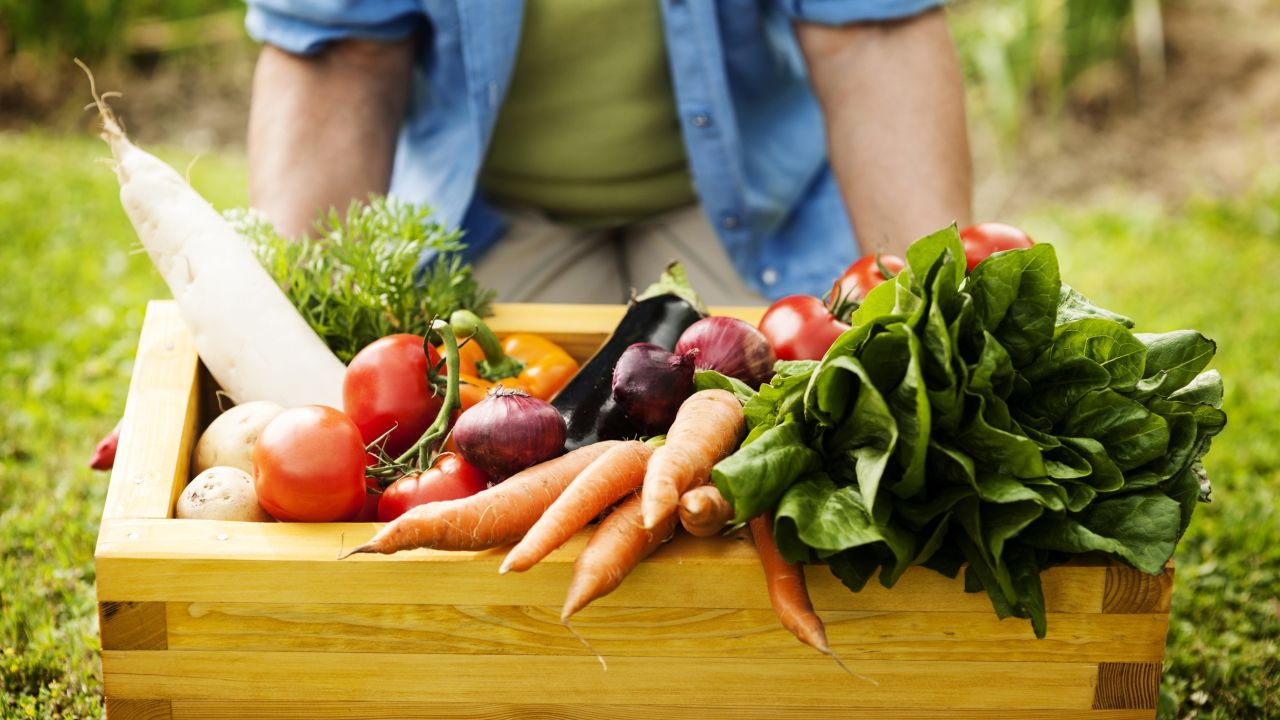Top Lists
5 Foods to Consume in 2023 if You Want to Stay Healthy
There are a lot of advantages to eating healthily, both for the body and the mind. Here are 5 healthy foods you should start eating in 2023.
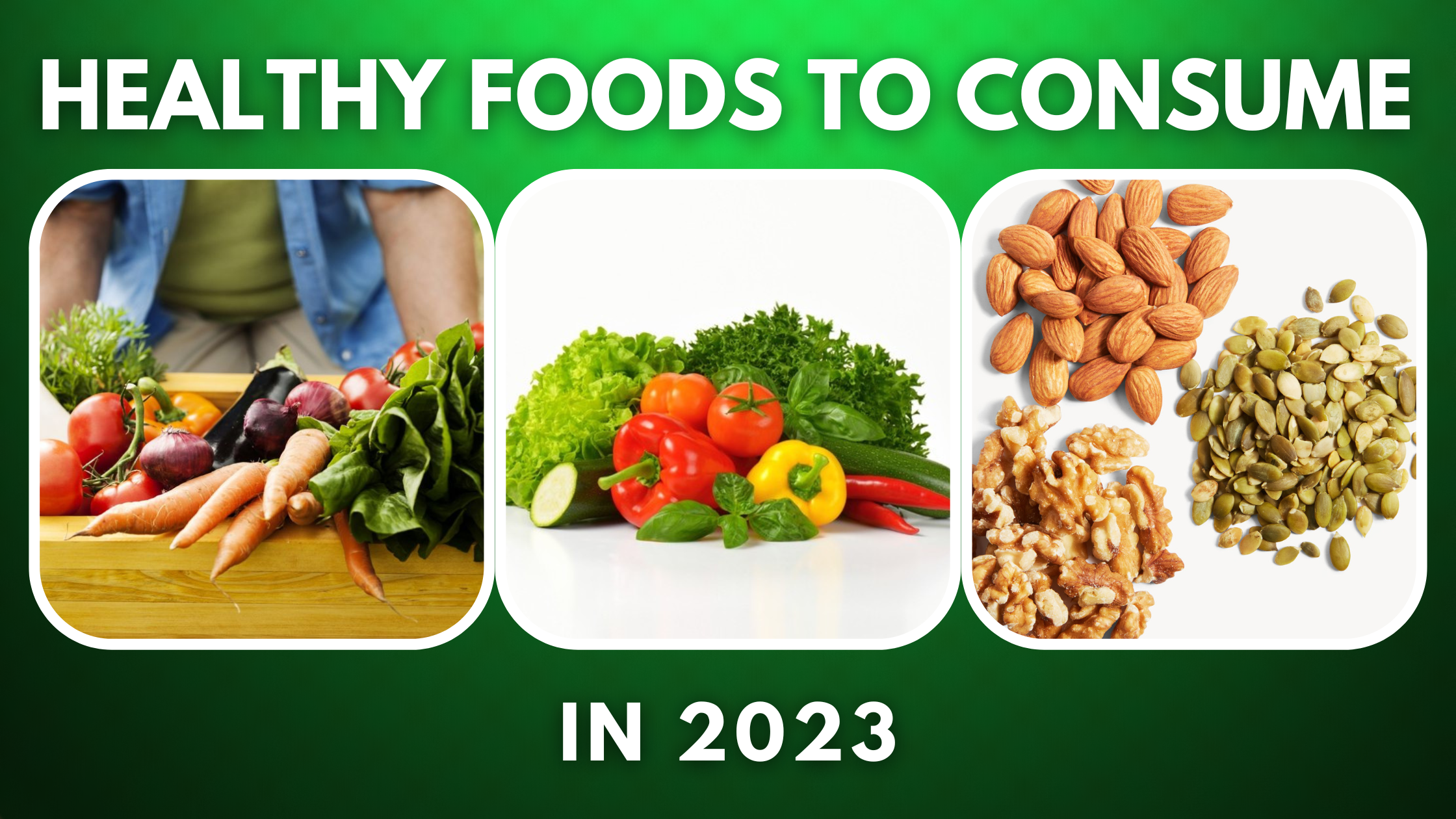
There are a lot of advantages to eating healthily, both for the body and the mind. A healthy diet makes us feel well, and pleasant feelings lead to happiness and increased productivity.
As more businesses and eateries join the global healthy eating movement, it will be simpler for people to take care of their bodies.
This top five list of healthiest foods is simply a starting point for understanding the vital vitamins and minerals the body requires to be at its peak performance. Additionally, all of these nutritious dishes are absolutely delicious.
There are many foods that are both tasty and healthy. Your meals will be colorful, adaptable, and healthy if you pile your plate high with fruits, veggies, quality protein sources, and other whole foods.
One can increase their intake of vital nutrients by following a healthy diet that features foods from all the food groups. Many people follow the same weekly menus and repetitious diets.
However, including the following items in weekly meal plans can support their health and enable them to function at their peak.
One could, for instance, experiment with a 2-week rotating meal plan and switch up their protein, vegetables, and berries. This increases variation and nutrient diversity.
In this post, we’ll look at some of the best meals to eat regularly. It examines what science has to say about their health advantages and provides advice on how to eat them.
Healthy Foods to Eat in 2023
Here are the top 10 meals that is advisable for you to consume in 2023 if you want to keep fit and stay healthy:
1. Nuts & Seeds
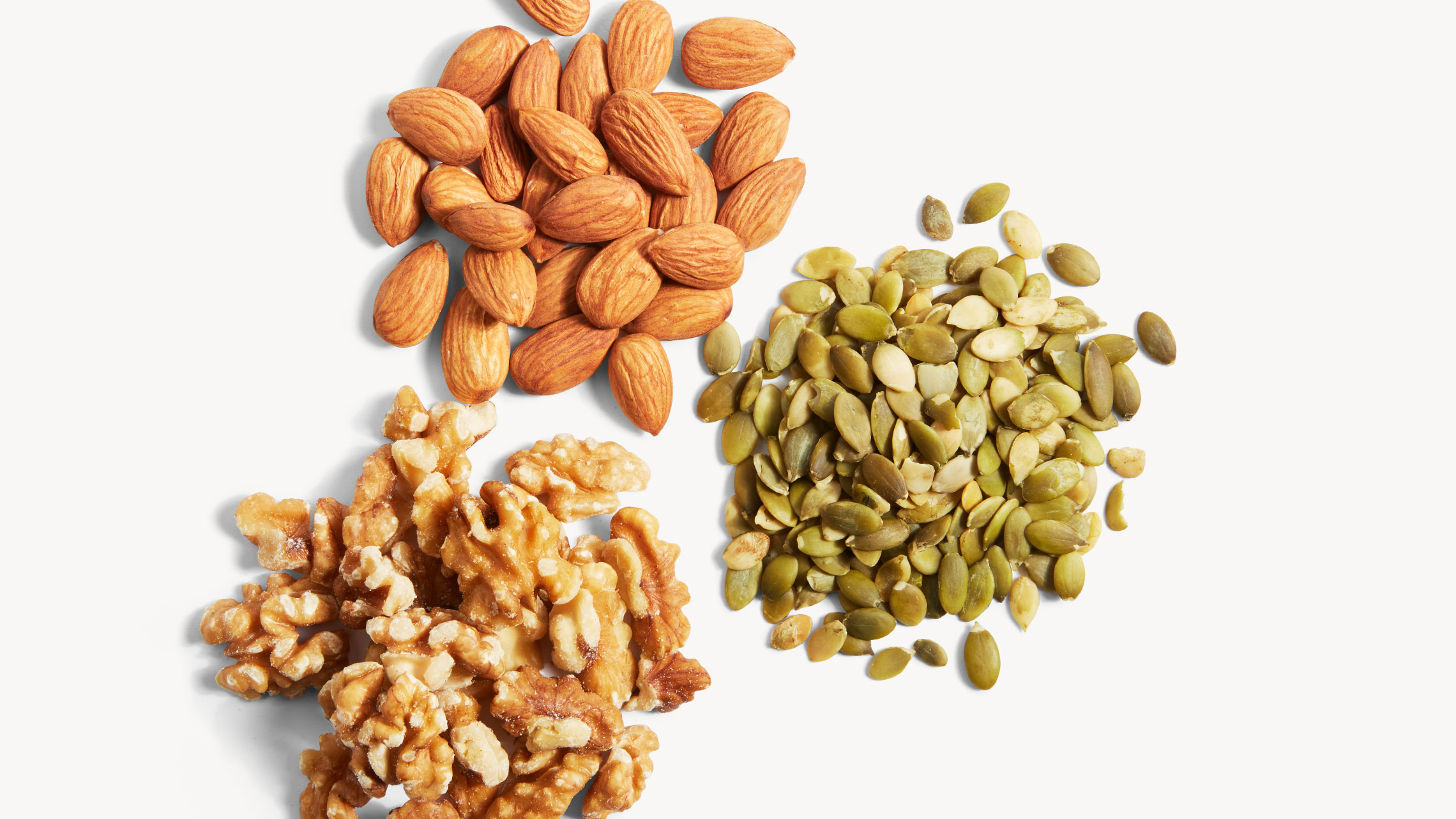
These foods are crisp, satisfying, and rich in essential nutrients, such as magnesium and vitamin E, that many people don’t get enough of. Nuts and seeds may help you lose weight even though they are high in fat and calories. They are also simple to incorporate into your routine and require almost no preparation. Some people become allergic to nuts, as they age. Eliminate nuts from your diet if you respond after eating any form of nut. Examples of healthy Nuts and Seeds are; Almond, Coconut, Walnut, Macadamia nut, Brazil nut, Chai seeds.
2. Veggies
Glucosinolates, which are sulfurous substances, are present in cruciferous vegetables. These are advantageous to your health.
Many sour plants like mustard, cabbage, and horseradish naturally contain glucosinolates. When the plant material is chewed, chopped, or otherwise harmed, mustard oils made from glucosinolates are created, which gives those plants their pungent flavor.
Glucosinolates influence cell pathways and genes and may have anticancer and anti-inflammatory effects, according to a review by a Reliable Source. The list of cruciferous veggies that people should try to eat daily is as follows: Carrot, Bell pepper, Broccoli, Cucumber, Galic, Onion, Tomatoes.
Read about how to Preserve your Food Products
3. Fruits & Berries
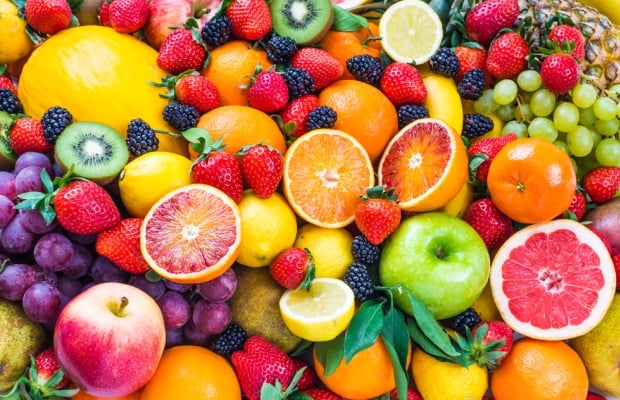
People can meet part of their daily nutrient goals by eating berries. For instance, a 2015 study found that consuming 100 grams of raspberries, blackberries, or blueberries might satisfy more than half of an individual’s daily needs for manganese, vitamins like vitamin C and folate, and phytochemicals.
Berries are a great source of bioactive substances such as, flavonoids, phenolic acids, and anthocyanins. These substances function as antioxidants, which may help reduce the risk of some malignancies and prevent cardiovascular disease. Berry and fruit foods to consume daily include the following: Blueberries, Blackberries, Cranberries, Strawberries, Orange, Bannana, Mango, Lemon, Avocado.
4. Grain
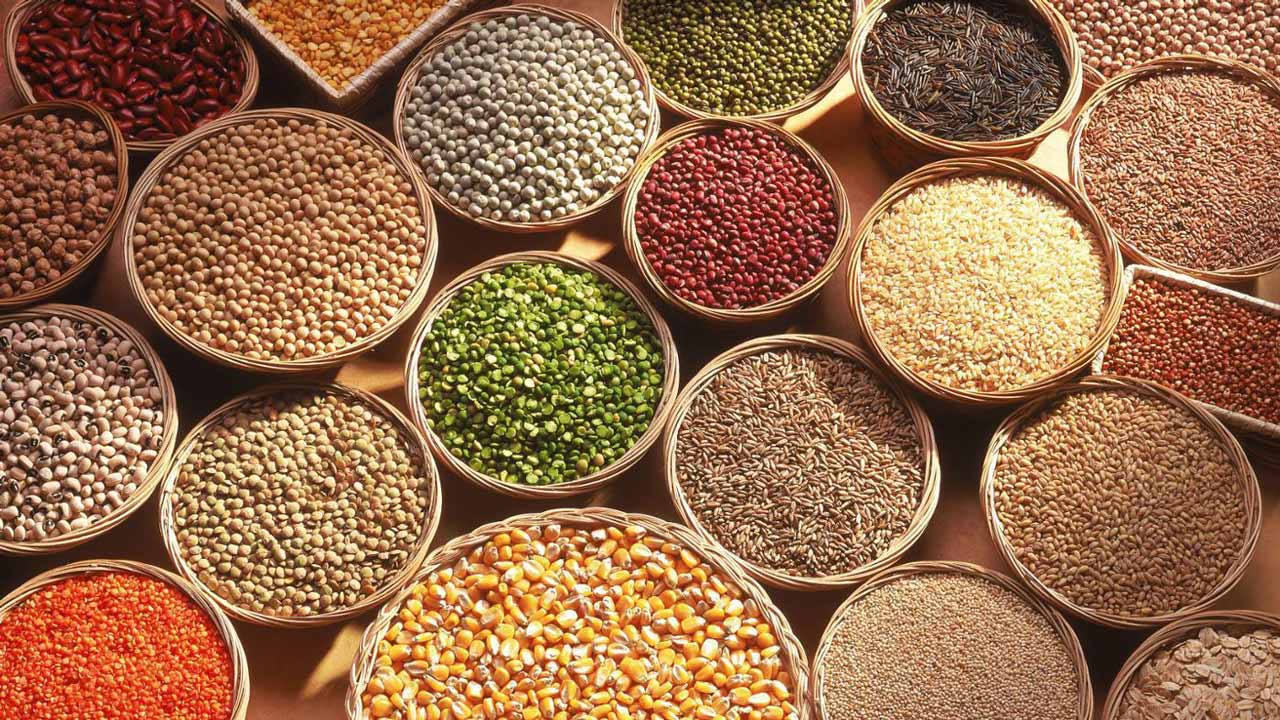
Whole grains are a crucial part of your diet because they nourish your body, and because they contain fiber and a range of minerals,. Just be aware that they tend to be high in carbohydrates and are not advised for people following low-carb diets.
Grains are significant providers of fiber, the B vitamins (thiamin, riboflavin, niacin, and folate), minerals, and many other nutrients. A nutritious diet that includes whole grains lowers the chance of developing various chronic diseases in people.
The USDA advises choosing whole grains for half of your daily grain intake. The complete grain kernel is present in whole grains, which have not been processed; while milling produces a finer texture, it also loses the fiber, iron, and B vitamins.
Whole grains include things like brown rice, oats, whole cornmeal, and whole wheat flour. A whole-wheat bagel or toast for morning, a sandwich on whole-grain bread for lunch, or whole-wheat spaghetti for dinner are all suggestions for including whole grains in a healthy eating regimen.
The health of the heart and digestive system are both improved by whole grains. Whole grains contain a variety of nutrients, such as:
Whole grains include fiber, which when incorporated into a balanced eating regimen may lower the risk of constipation and coronary heart disease. Additionally, high-fiber foods make you feel full, which may aid in maintaining your weight.
Iron is a mineral that is used to transport oxygen in the blood. Magnesium is a mineral that helps muscles and bones both produce and release energy.
A strong immune system requires selenium. B vitamins: The B vitamins assist the body in converting protein, lipids, and carbs into energy. Phytochemicals: These substances that naturally exist in plants are being researched for their potential to fend off disease. Examples of grains are: Oats, Rice, Brown rice, Wheat, Millet.
Read about World Most Expensive Foods
5. Legumes
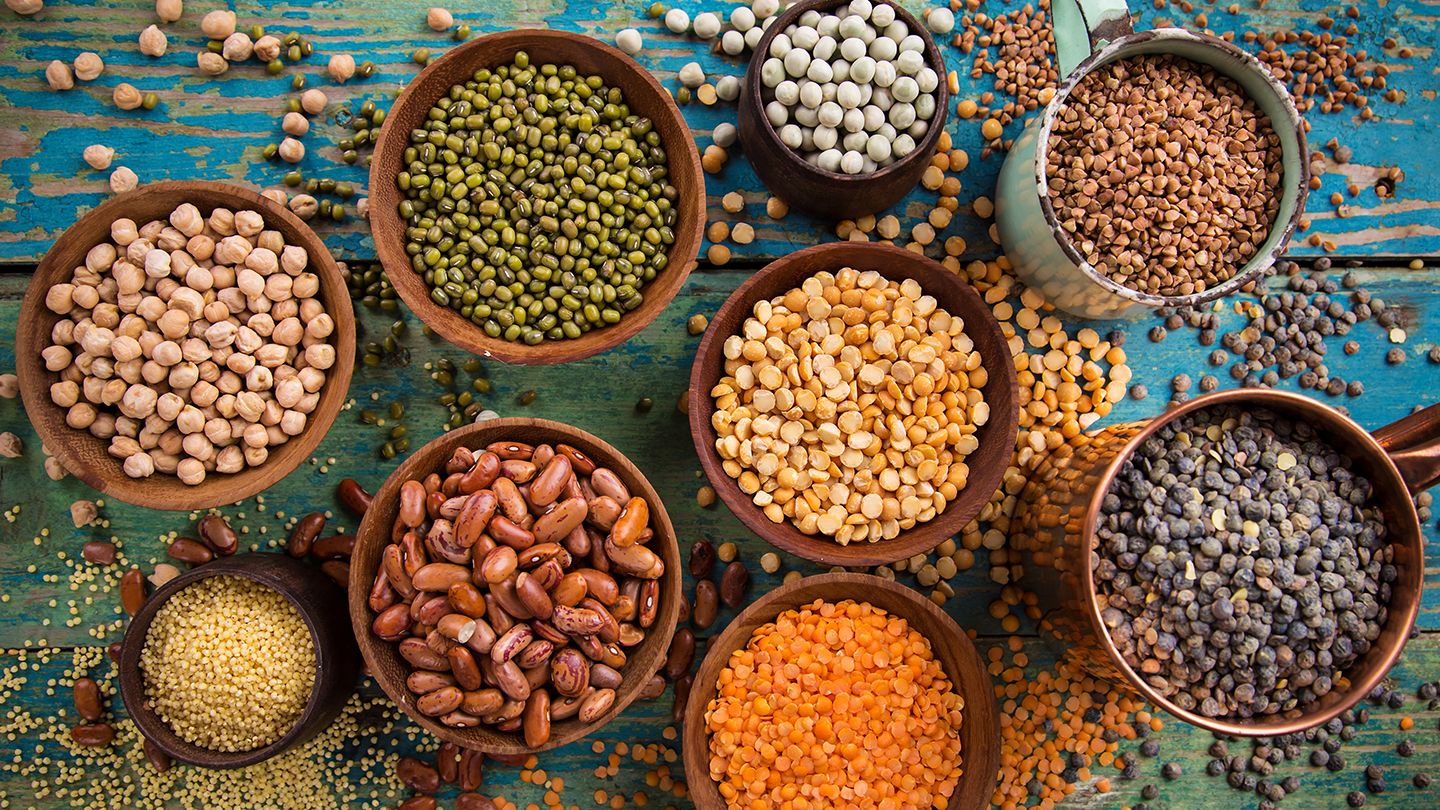
According to Micaela Karlsen, PhD, who just earned her doctorate in nutritional epidemiology from the Tufts Friedman School of Nutrition Science and Policy, “like all plants, legumes also include health-promoting antioxidants and phytochemicals.”
There are many advantages to eating legumes. In addition to having a nutrient profile that is good for your health, beans are also readily available and affordable. It is suggested by a number of epidemiological research and controlled trials that swapping meat for legumes on a regular basis may improve lifespan, blood sugar control, and cardiovascular disease risk.
Consuming legumes has been linked to a lower risk of colorectal cancer, and soy consumption, in particular, has been linked to lower LDL cholesterol levels. Even managing one’s weight may be aided by legumes.
Participants in a randomized controlled experiment that was reported in the Journal of the American Medical Association increased their daily intake of beans by one cup for three months. The 60 participants in the legume group lost an average of 5.7 pounds, and measures of blood sugar management also improved, despite without counting calories or being urged to cut out or avoid any foods. Examples of legumes are: Green beans, Kidney beans, Peanut, Lentils, Split peas.
Legumes are also high in dietary fiber and contain a staggering amount of vitamins, minerals, and iron.
Conclusion
2023 will be a great year for you healthwise, if only you can be deliberate about consuming good foods. Health is wealth, and to stay healthy, we need the right food to go into our bodies daily.
Here is a list of the Top 5 healthy foods you should not joke with this year
- Nuts and Seeds
- Veggies
- Fruits and Berries
- Grains
- Legumes
Read More:
Sources: Healthline, Medicalnewstoday

